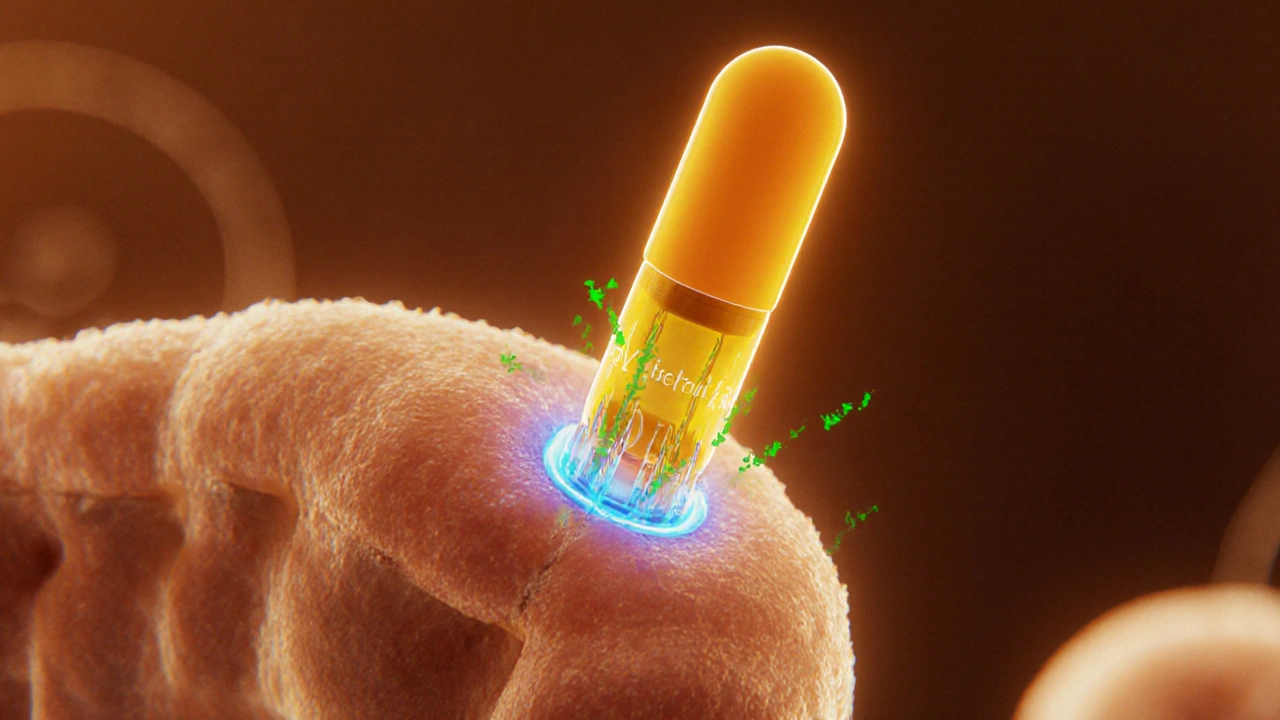Renal Osteodystrophy: What It Is and Why It Matters
When dealing with renal osteodystrophy, a complex bone disorder that arises from chronic kidney disease and affects mineral balance. Also known as renal bone disease, it links kidney function straight to skeletal health, making it a crucial topic for anyone managing long‑term kidney issues.
Chronic kidney disease, the progressive loss of kidney function that sets the stage for many metabolic complications is the primary driver behind renal osteodystrophy. As the kidneys fail, they can’t clear phosphate or activate vitamin D, which pushes the parathyroid glands to overproduce parathyroid hormone. This cascade is called secondary hyperparathyroidism, the excess hormone response that steals calcium from bones SHPT. The result? Bones become weak, painful, and prone to fractures.
Key Players and How They Interact
Understanding the web of factors helps you see why treatment isn’t one‑size‑fits‑all. Renal osteodystrophy encompasses several sub‑conditions, including high‑turnover bone disease from excess parathyroid hormone and low‑turnover disease from over‑suppressed bone remodeling. Phosphate binders, medications that attach to dietary phosphate in the gut and prevent its absorption are a frontline tool; they lower serum phosphate, easing the pressure on the parathyroids. Vitamin D analogs, such as calcitriol, step in to boost calcium absorption and calm the overactive glands. Meanwhile, calcimimetics mimic calcium’s effect on the parathyroid receptors, directly lowering parathyroid hormone levels without raising calcium too high.
Dialysis adds another layer. Regular hemodialysis or peritoneal dialysis clears some phosphate, but not enough on its own, so patients often stay on binders and vitamin D supplements. Nutrition also plays a role – low‑phosphate diets, adequate protein, and balanced calcium intake keep the system from spiraling. Lifestyle tweaks, like weight‑bearing exercise, can help preserve bone density even when the kidneys struggle.
All these pieces—kidney health, hormone regulation, medication, diet, and dialysis—form a tightly knit network. When one part falters, the whole balance shifts, leading to the bone pain, fractures, or vascular calcifications that patients with renal osteodystrophy often report. Below you’ll find a curated set of articles that dive deeper into each of these aspects, from medication comparisons to practical management tips, giving you a clear roadmap to tackle this condition head‑on.
